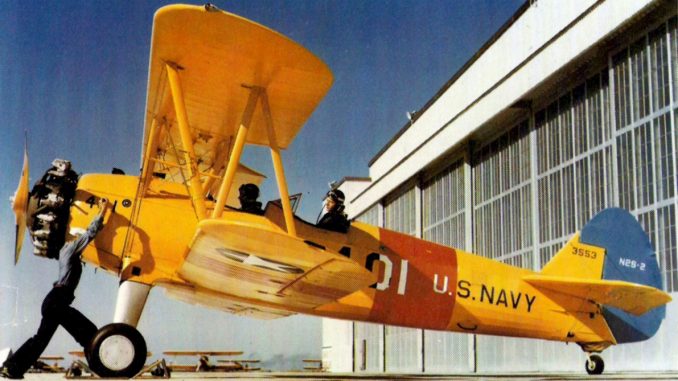
The Commemorative Air Force’s Dixie Wing in Peachtree City, Georgia has a sterling reputation for the high quality of their aircraft restorations. The Wing has completed several ambitious projects since their inception in 1987, with the most significant of these, so far, being the former NACA-operated Bell P-63A Kingcobra 42-68941, which Dixie Wing volunteers brought back to flying condition back in February 2017 following an intense, decades-long effort. The team has now turned their eyes to another important, and often under-appreciated WWII type, the Boeing N2S Kaydet. Of course, most of us commonly refer to this biplane trainer and its numerous variants as Stearmans, due to their origins with Stearman Aircraft (before Boeing acquired the company in 1934). More than ten thousand ‘Stearmans’ rolled off the factory’s production line in Wichita, Kansas before war’s end. The U.S. Army Air Forces operated them as the PT-13 and PT-17, while the U.S. Navy had their own variants, the NS and N2S. The Royal Canadian Air Force received several hundred examples, and called them Kaydets, a name which seemed to stick to the type as a whole. While a Kaydet might not be as exotic as a P-63, it is an infinitely more important aircraft type in American history – the American air war effort was literally built from the wings of these robustly-designed trainers. They were an essential element in the pilot training program for virtually every military airman on the North American continent during the decade straddling WWII… and thousands of them continued on with civilian outfits of one variety or another following their military service. Indeed, there are almost a thousand examples currently listed on the U.S. civil registry alone, making the type easily the most numerous surviving WWII-era warbird. However, the vast bulk of these are Army Air Forces PT-13s/PT-17s, with only two dozen or so being former U.S. Navy examples. This makes the Dixie Wing’s N2S even more special…
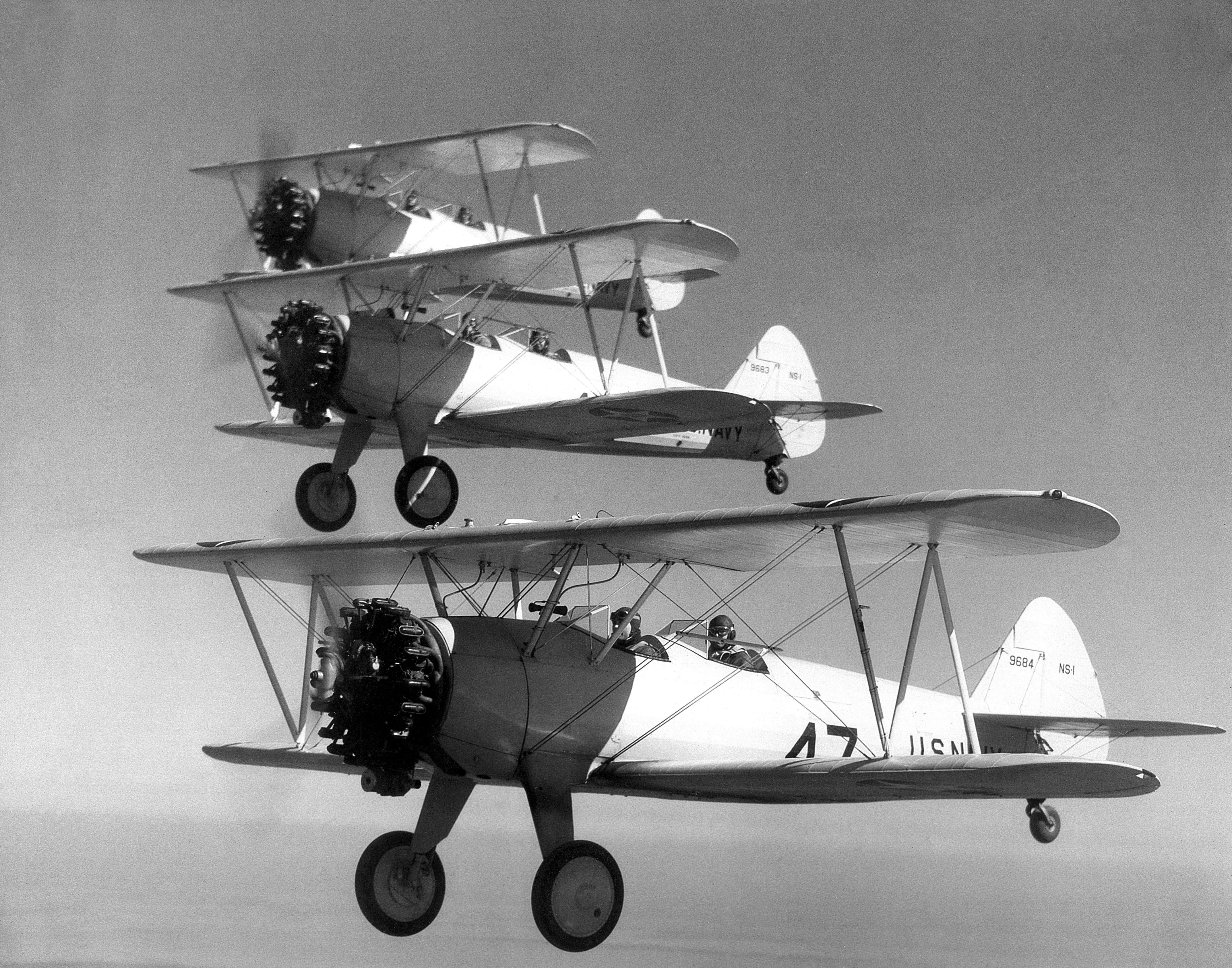
Boeing’s Wichita division built the Dixie Wing’s N2S-2 as construction number 75-1308 during 1941 under U.S. Navy contract C 74807. The Navy formally accepted the trainer as Bu.3531 on July 9th, 1941, transferring her the following day to NAS Corpus Christi in Corpus Christi, Texas. Here she took up her training duties before moving on to Naval Reserve Air Base Detroit just over a year later on August 9th, 1942.
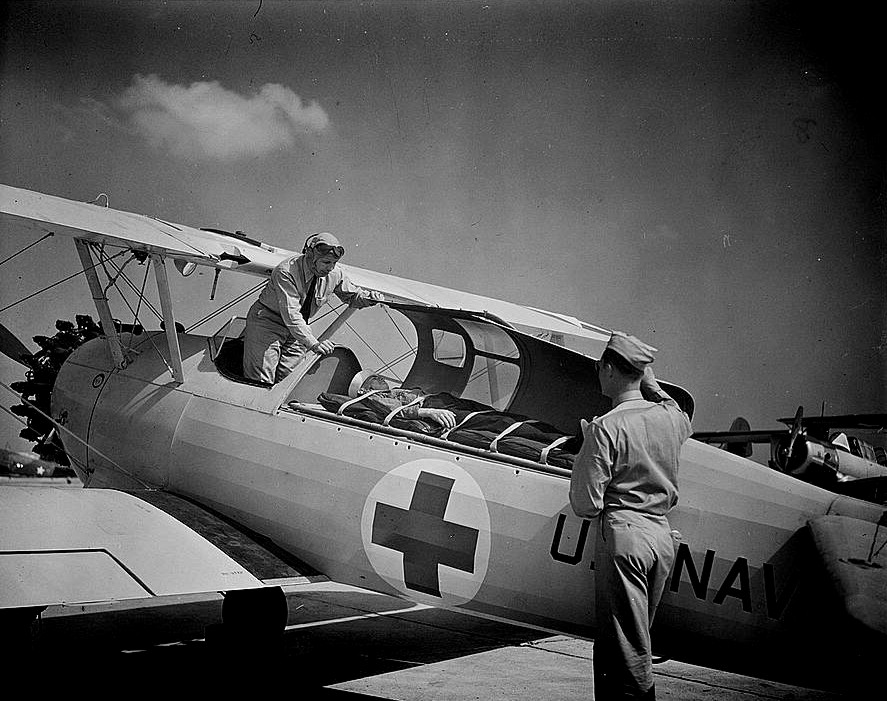
The Navy then moved Bu.3531 back to Corpus Christi on April 1st, 1944, moving her on to one of the Naval Air Station’s nearby satellite facilities, NAIT (Naval Air Intermediate Training) Rodd Field that August. The trainer was only at Rodd Field for a couple of months though, before moving on to join the aircraft pool in Dallas that November, but that was only for a brief period as the U.S. Navy struck her from their inventory on November 30th, 1944. From here, the aircraft’s history goes a little cold. Online resources seem to indicate that the N2S joined the U.S. civil registry as N50329… but not until February 25th, 1974, which seems a little odd. How did such an airframe vanish for thirty years from the end of its military service and wait so long to re-appear? Well, after the war, the Stearman was a very popular agricultural sprayer, with literally thousands of them being snapped up for such purposes.
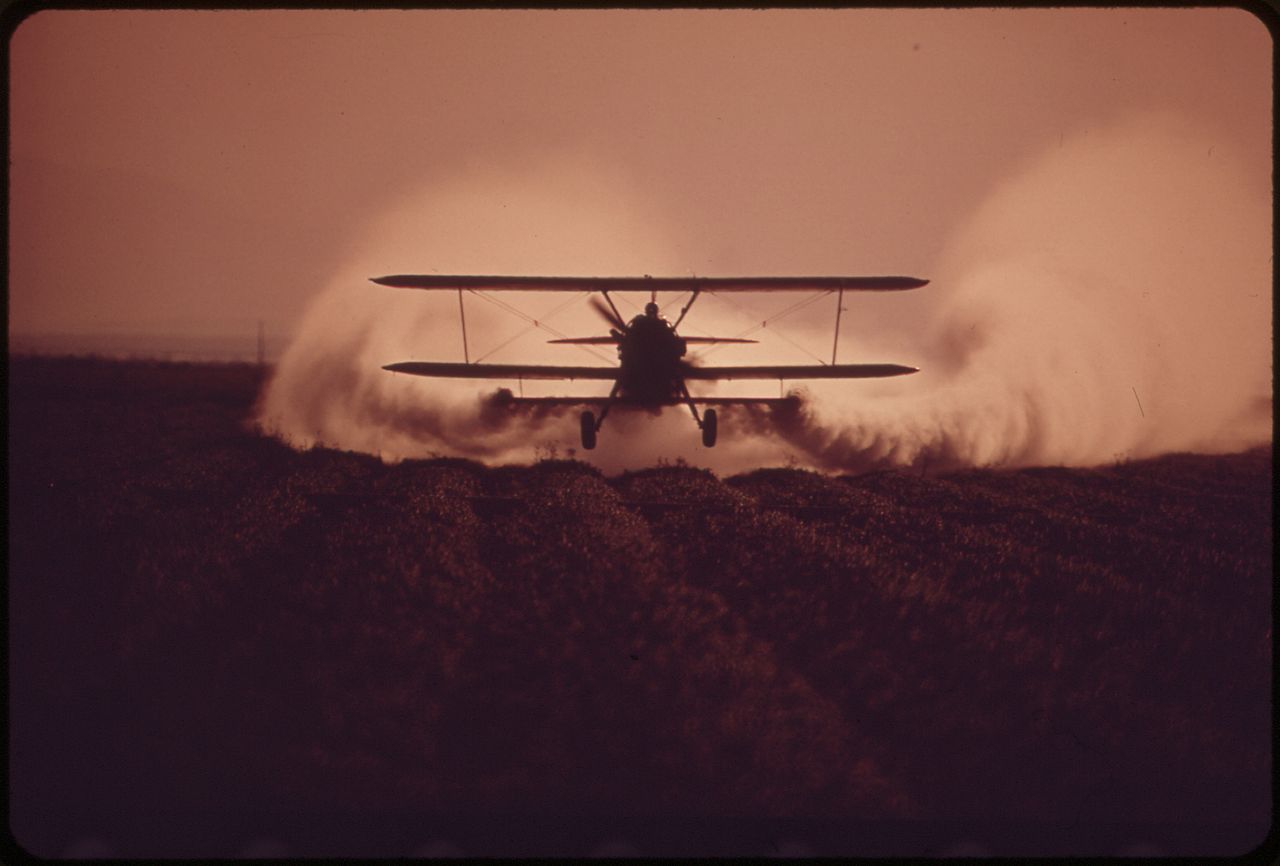
Many of these aircraft were simply used as spares sources, and not registered for flight following their acquisition. Perhaps this was the case for the Dixie Wing’s N2S? Interestingly, another online source (with documentary evidence) lists a Stearman, registered as N50329, operating on budworm spraying operations out of Dunphy Airstrip in Blackwell, New Brunswick, Canada during 1957. The aircraft was one of more than a dozen Stearmans belonging to Edwin J. “Mac” McGlothin’s Farm-Air Company in West Sacramento, California. “Mac” and his pilots had flown these biplanes all the way across the USA to eastern Canada to take part in the spray operations. While this reference does not give the aircraft’s serial number for conclusive proof, it wouldn’t be a stretch to say that it was the Dixie Wing’s Stearman. Hopefully more details will emerge from a little further digging!
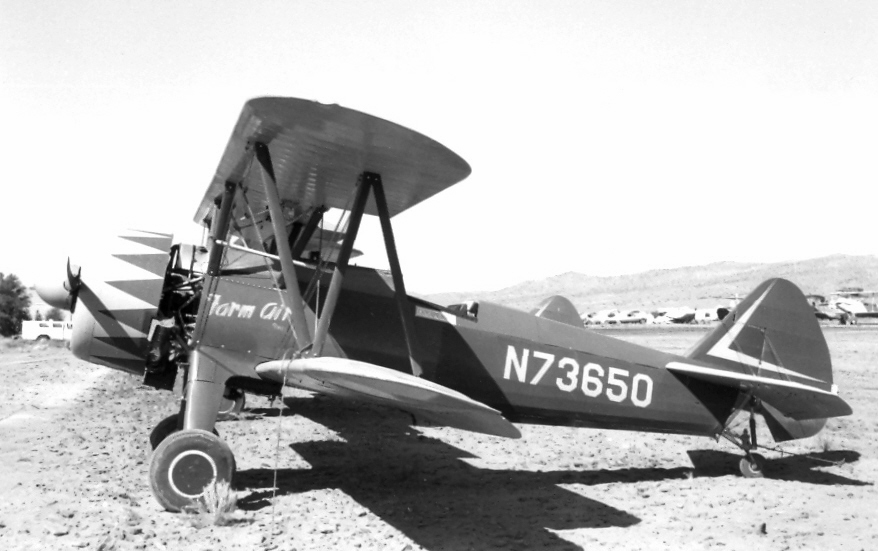
Following the issuance of her airworthiness certificate in February, 1974, the records indicate that Bu.3531 became the property of Gerald L. Giroux of Williamson, Georgia in April, 1977. The Delta Airlines pilot owned the aircraft for the next four decades until his death in February, 2015. The aircraft clearly was no longer flying by this point though, as the FAA cancelled its registration in January, 2016. James E. Blanchard of Carrollton, Georgia then acquired the airframe in November, 2017, and from him, the N2S then moved on to the CAF as a restoration project this past summer.
Our very own Moreno Aguiari reports on the project in recent issues of the Dixie Wing Dispatch newsletter…
The Dixie Wing intends to develop a restoration program led by several of the unit’s female members as a way of honoring “Rosie the Riveter,” the cultural icon who represented the women workers in factories and shipyards during World War II. During World War II, women took on a variety of disciplines previously closed to them, but it was the aviation industry that saw the greatest increase in female workers. Indeed, more than 310,000 women worked in the U.S. aircraft industry during 1943; they comprised fully 65% of the industry’s total workforce, compared to just 1% in pre-war years. The intent of this project is to encourage more women to get involved in the CAF, and aviation as a whole.
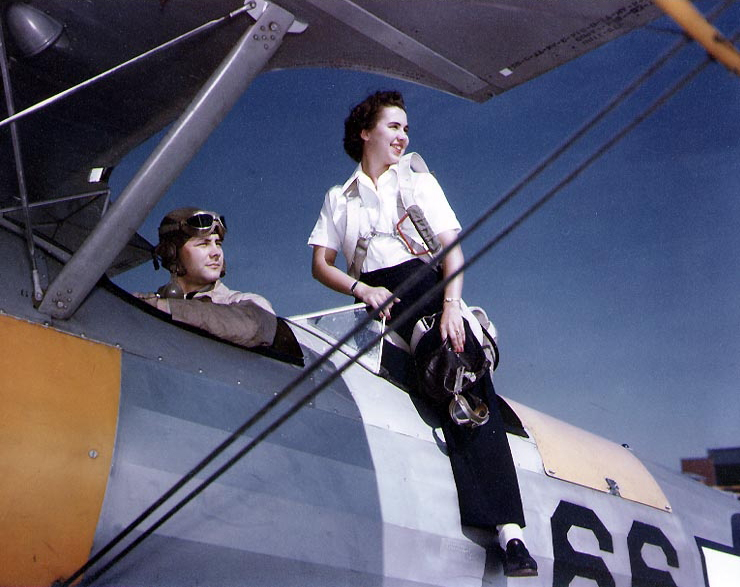
On December 16th, members of the Wing constructed shelving units and moved some of the airplane parts inside the container. With a proper way to catalogue all the parts in our possession, the inventory process will commence soon. Avialogs, an online aviation library, has donated digital copies of the N2S Kaydet Airplane Parts Catalog and the Erection and Maintenance Instructions book. You will find hundreds of aircraft manuals, brochures, and books from the early days of aviation to modern jets on www.avialogs.com, it is well worth a look!
We look forwards to providing regular updates on restoration progress with the CAF’s N2S-2 in the months to come.
To support the Stearman restoration, please click HERE.


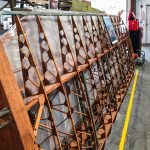
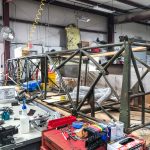
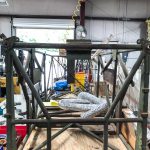
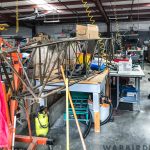
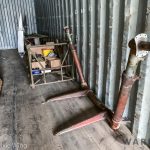
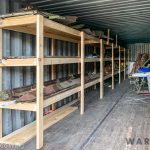
1 Trackback / Pingback
Graphic Design, Branding and Aviation Art